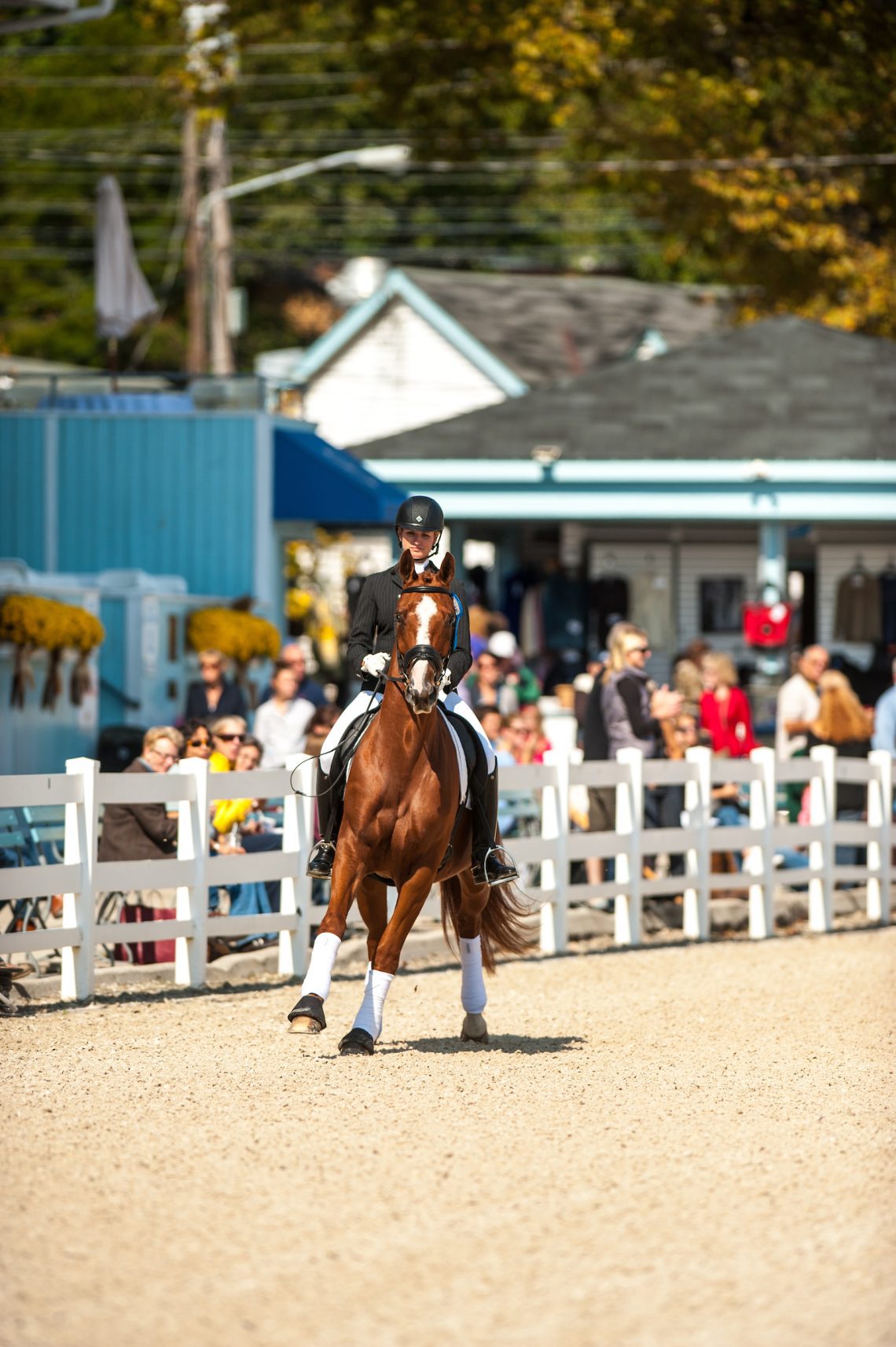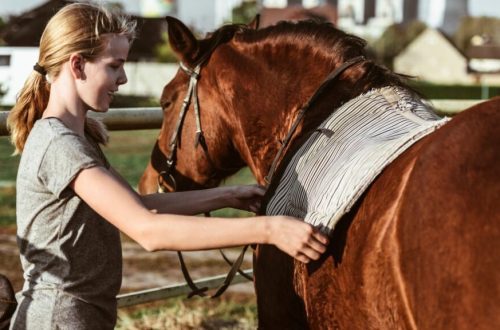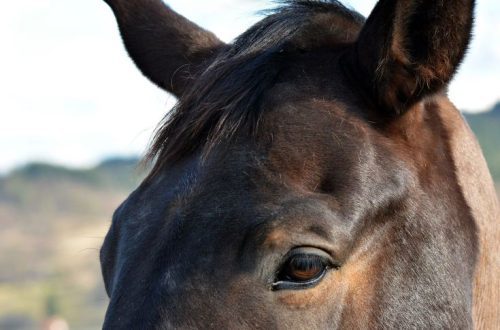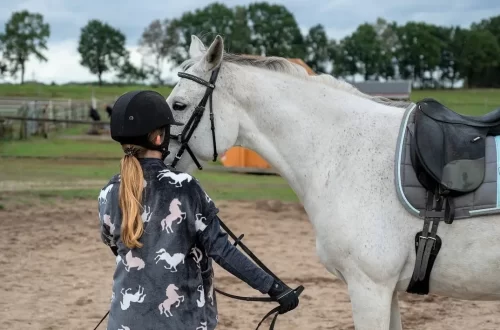
How to Calm a Nervous Horse with Lateral Work
How to Calm a Nervous Horse with Lateral Work
Working on lateral movements helps to develop flexibility and elasticity of the horse, increases his attentiveness and confidence in the rider. But along with everything else, using lateral movements in training will help you calm a nervous or overly hurried horse that wants to offer you an answer before he hears your command.
Sometimes it can be difficult to keep a horse from tensing up when he is taken into the leg-rein corridor. She becomes stiff, nervous, and goes beyond the expelling controls. The horse contracts the muscles of the neck, shortening it, begins to mince, taking short steps. By moving sideways, you will be able to make the horse more flexible and therefore improve the contact and relationship between the inside leg and the outside rein. It will also distract the horse, refocus it on work.
Here are some examples.
Using a lateral movement like leg yield, you can relieve the tension that arises in the horse during the transitions from walk to trot and from trot to canter. We cannot blame the horse for being overly excited when we pick up the reins at the walk, because he is waiting for the command to perform the next element (trot, canter, piaffe, etc.). Many horses lose the correct and clear rhythm in this case. By asking the horse to move sideways, you relieve his tension by deceiving the expectation. This technique can be applied to any gait – uneven mincing trot, tense and indistinct canter.
Keep in mind that the transitions and their quality is a measure of whether the horse is following the aids. Sometimes we think that everything is in order, and the horse hears us and obeys. We’re trying to transition and find out what went wrong. Try lateral movements before making transitions in any gait. This will help you maintain contact with the horse.
A good result when tight at a canter or lack of momentum is given by the use of traverse or acceptance.
If the horse is afraid of something, try move sideways (curving her body away from the scary object) towards the scary object. This will help you get past it.
If the horse is very tense, doing shoulder inward (a traverse is also suitable here). The difficulty in doing the shoulder inward is that during the turn, this element can turn into a yield to the leg. This is especially noticeable when performing the shoulder when moving in a circle. If this happens, you lose contact because the horse is not working with the inside hind leg as much as it should.
You need to understand that lateral movements should not be too much. Such work should not be excessive, as it may lead to an imbalance in the horse.
It is important to be aware of the mechanics of performing each lateral movement, to know how to correctly use the controls. This will help you stay on the right track.
Stacey Hastings; translation by Valeria Smirnova (source)





